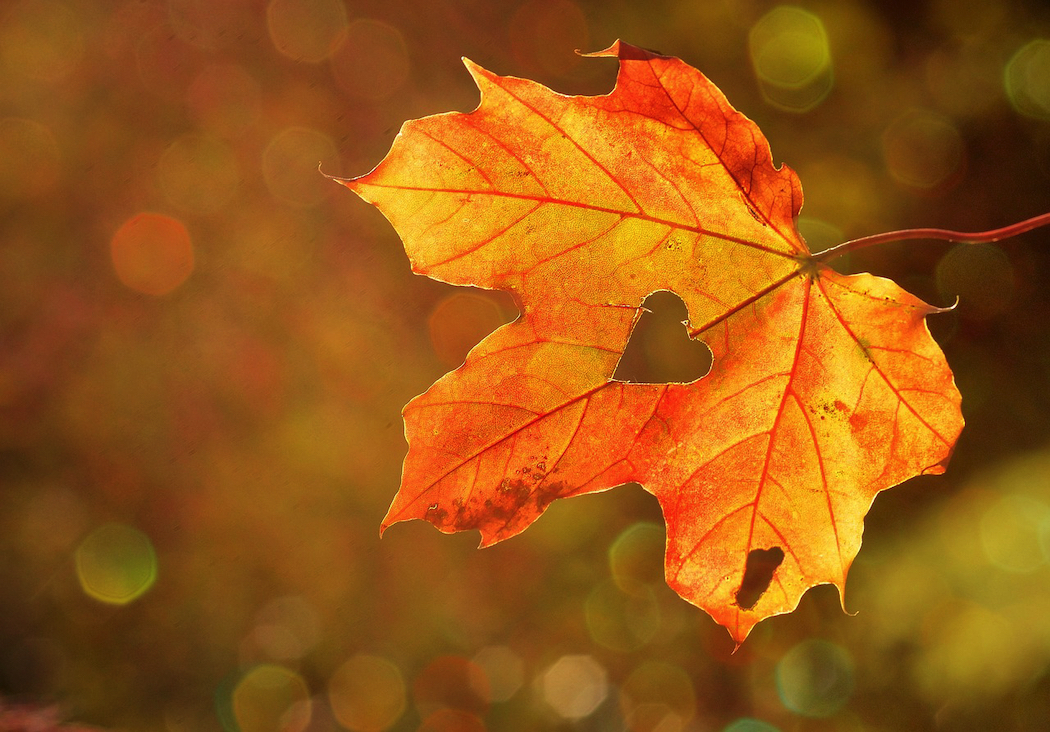
For Canadians, the maple leaf is a symbol of their national identity – it appears on their flag and coins, in songs, on badges and anywhere else you care to mention. It’s an exceptionally beautiful tree: we’ve done several driving holidays in North America where we’ve been fortunate to see the foliage changing colour with the seasons. What a spectacle!
And how amazing is maple syrup? (I’m talking about the real deal here, not “maple-flavoured” blends – more about that later). Not only is maple syrup a 100% natural sweetener, the production of it is quite remarkable.
As winter rolls into spring, the sap in maple trees begins to thaw, enabling it to be extracted (or “tapped”). Across Québec, where more than 70% of the world’s maple syrup is produced, thousands of producers collect the sap and boil it down to reduce the water content, forming the thick consistency of a syrup with a more pronounced flavour.
Europeans first discovered the joys of this in the early 1500s, although native Americans were more than likely doing it for many years before that. The organization, Québec Maple Syrup Producers, represents around 13,300 producers whose Pure Maple Syrup goes to more than 70 countries, including Australia.
It’s widely available in supermarkets here, including Coles, Woolworths, Aldi and IGA, and is also available through Amazon. You can find out more about stockists on the Maple by Canada Australia website.
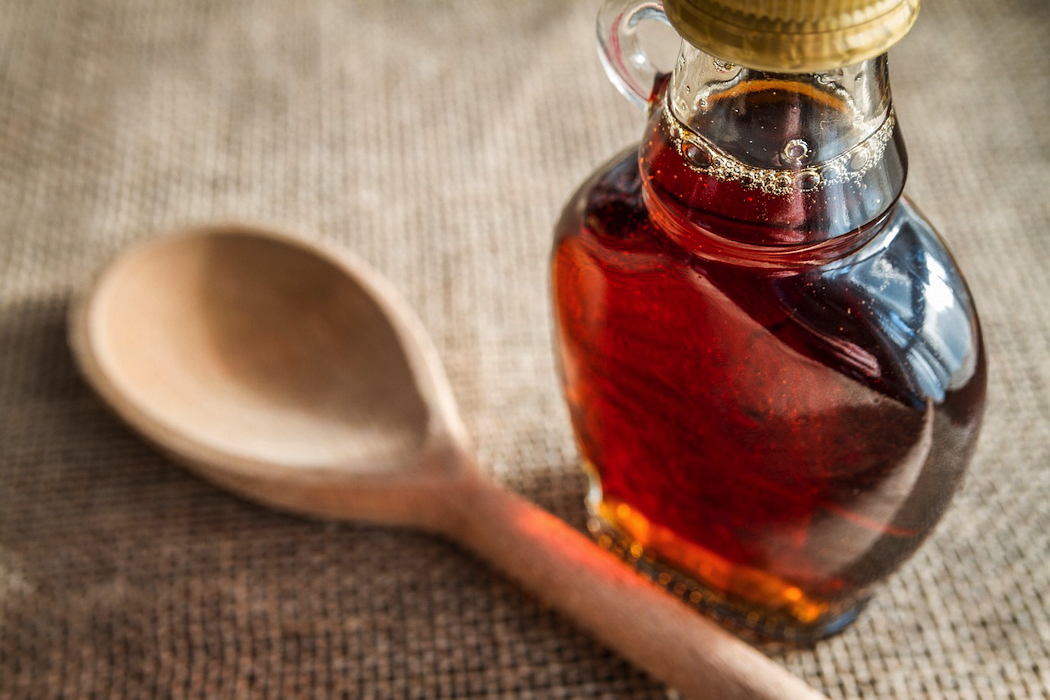
There are a few things you need to look out for when you’re trawling the supermarket shelves. Firstly, and most importantly, watch out for those ghastly “maple-flavoured” blends. They’re mixed with other ingredients, generally reducing the quality.
Next, make a note of the syrup’s grade. There are four – golden, amber, dark and very dark – each with its own flavour. The sap is harvested in spring and as the season progresses, antimicrobial activity within the sap increases. This causes the colour to darken and the flavour to intensify.
Because of these flavour differences, each grade lends itself to different uses. For example, the lighter grades are perfect for drizzling while the darker grades are better suited to sauces and marinades.
The four grades of maple syrup
Golden is made from the sap collected at the beginning of the season. Light in colour with a sweet, delicate flavour, it is great for drizzling over yoghurt, ice cream and French toast.
Amber is still relatively light in colour but has a slightly stronger flavour. It’s especially versatile and can be used in everything from cocktails and hot drinks to savoury dishes and classic desserts.
Dark is harvested in the second half of the tapping season and has a more intense colour and taste. Great for baking, its stronger flavour also lends itself to sauces and glazes as well as marinades for meats.
Very dark, produced at the end of the harvest, has a strong, full-bodied flavour and is best used in dishes where the flavour needs to be more pronounced, such as doughs and batters for baking.
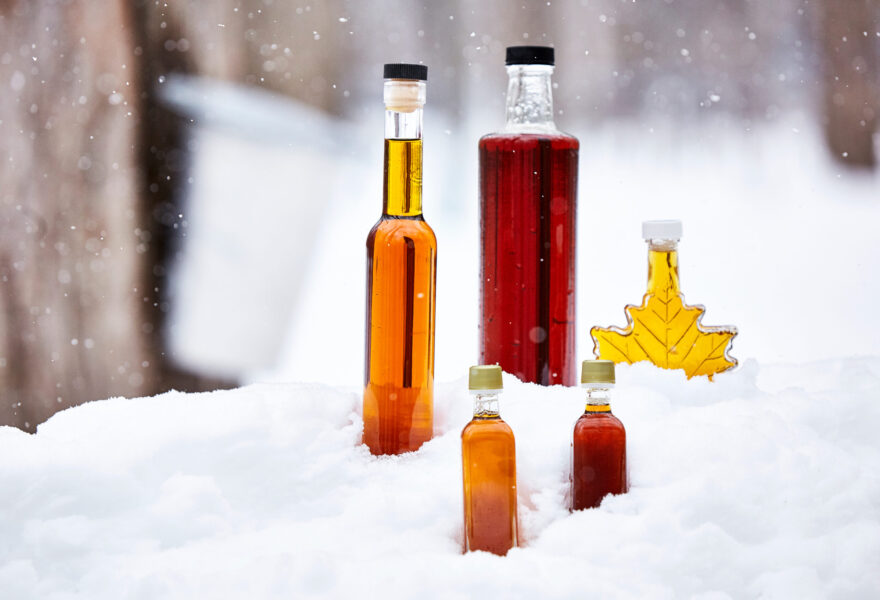
‘Dark’ maple syrup is the one you’ll find on most supermarket shelves in Australia, but there are other products too. You might be surprised to learn that there is a lot more to maple than just syrup, and a lot more uses for maple syrup than just drizzling it over pancakes.
There are maple flakes, maple sugar, a creamy maple spread, even maple taffy (a toffee-like product that in Québec you might see being made outside, on snow). All these different flavours and textures mean the products can be used in everything from desserts and cocktails to main dishes, sauces, glazes and marinades.
Pure Canadian maple syrup is 100% natural with no artificial colours, flavours or preservatives. It is vegan (making it an ideal replacement for honey) and packed with vitamins and minerals including manganese and riboflavin.
And finally, here’s another reason why we’re in love with maple syrup. According to the Québec Maple Syrup Producers, the quantity of carbon dioxide captured and stored by maple trees is about eight times the amount produced by making maple syrup. So, from a sustainability point of view, it’s a thumbs up.
Enjoy these maple syrup recipes.
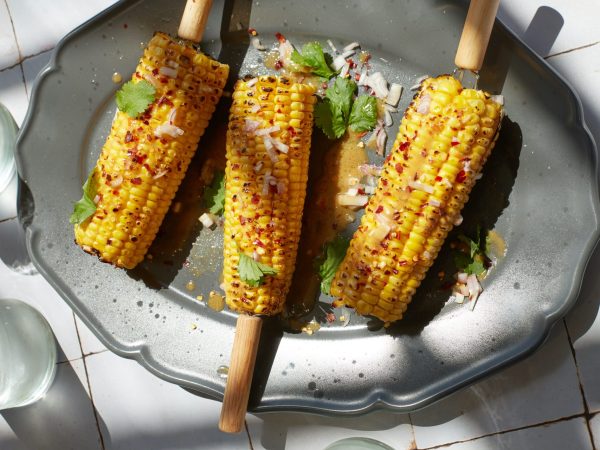
Miso and Maple Glazed Corn
INGREDIENTS
For the corn:
3 corn cobs
1 chopped shallot
1 tbsp chili flakes
4 tbsp olive oil
For the maple and miso butter:
4 tbsp room temperature unsalted butter
1 tbsp organic miso paste
2 tbsp pure maple syrup (preferably amber syrup for its rich taste)
2 tbsp soy sauce
1 pinch sea salt
METHOD
With a whisk, mix all the ingredients for the maple and miso butter.
Heat an outdoor grill to high. Brush the corn with olive oil until evenly coated. Place the corn on the grill and turn every few minutes, being careful not to burn. Brush the corn with the maple and miso butter as you turn. The corn should be cooked after 10 to 15 minutes.
Garnish with the chopped shallot and chilli flakes.
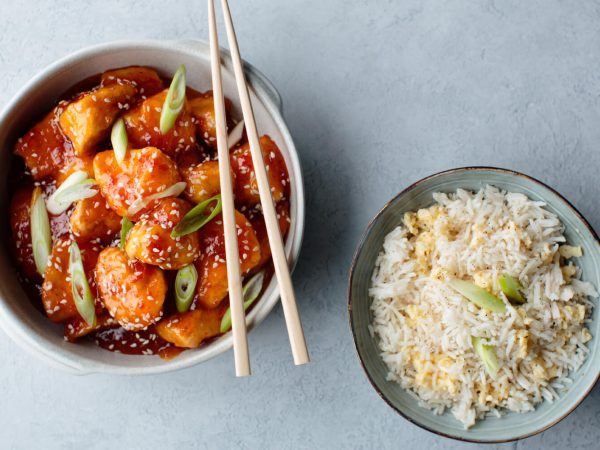
General Tso’s Chicken in Maple Chilli Sauce
Serves 2
INGREDIENTS
2 chicken breasts, cut into small cubes
2 tbsp + 1 tsp cornflour
½ cup vegetable oil
2 tsp sesame oil
2 tbsp + 1 tsp pure maple syrup (preferably dark syrup for its robust taste)
2 tsp fresh ginger, grated
3 spring onions, sliced diagonally (plus extra for garnish)
½ cup water
¼ cup soy sauce
½ cup chilli sauce
1 tsp sesame seeds
METHOD
Coat the chicken cubes in 1 tbsp of cornflour. In a frying pan, heat oil over high heat and add chicken. Sauté the chicken, stirring constantly for about 10 minutes or until it is golden brown on the outside and no longer pink on the inside. Remove the chicken from heat and prepare your sauce.
Add sesame oil, ginger and spring onions to a saucepan, and cook for 3 minutes over medium-high heat. Mix in water and maple syrup and let simmer for 1 minute. While the sauce simmers, dissolve 2 tbsp cornflour in soy and chilli sauce in a small bowl. Then, pour the mixture into the saucepan and cook everything for 2 more minutes or until the sauce thickens. Add the chicken to the sauce to coat.
Serve in a bowl and top with sesame seeds and spring onions.
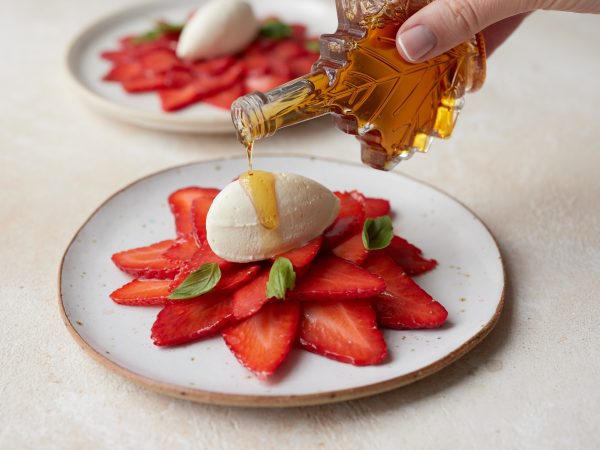
Maple, Strawberry and Basil Carpaccio
Serves 4
INGREDIENTS
For the carpaccio:
500g fresh strawberries
50ml maple vinegar
3 tbsp pure maple syrup (preferably golden colour for its delicate flavour)
1 tsp vanilla extract
3 to 4 leaves of fresh basil
For the maple chantilly:
200ml double cream
75g mascarpone
30g maple sugar
2g vanilla extract
METHOD
To make the carpaccio:
In a bowl add the maple syrup, maple vinegar and vanilla extract. Cut and finely slice the strawberries, then add to the bowl to soak in the vinegar mixture for 30 minutes. Remove the slices and arrange them in a layered, circular pattern on a large plate, or four smaller ones for individual portions. Transfer to the fridge to keep cool.
To make the maple chantilly:
Put all the ingredients together and whisk with an electric mixer until soft peaks form, 3 to 5 minutes. Top the strawberry carpaccio with the basil and serve with the maple chantilly.
This is not a sponsored post but Food Wine Travel was gifted a box of maple products, which we are devouring with gusto 😊
Recipes courtesy of Maple by Canada Australia. If you enjoyed these recipes, it must be time for a refreshing drink, and what could be better than this delicious Maple Watermelon Margarita?

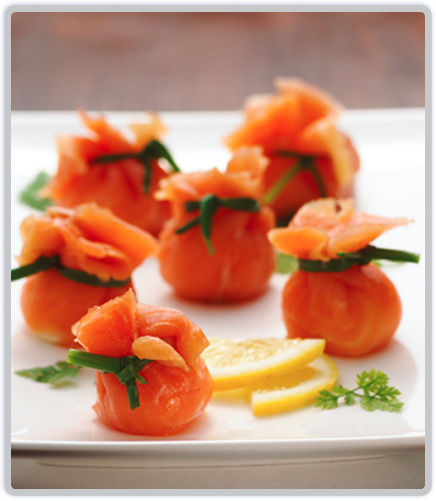

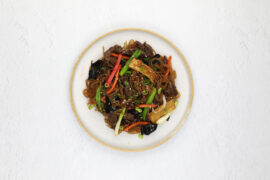

Some delicious recipes thanks!
You’re welcome!